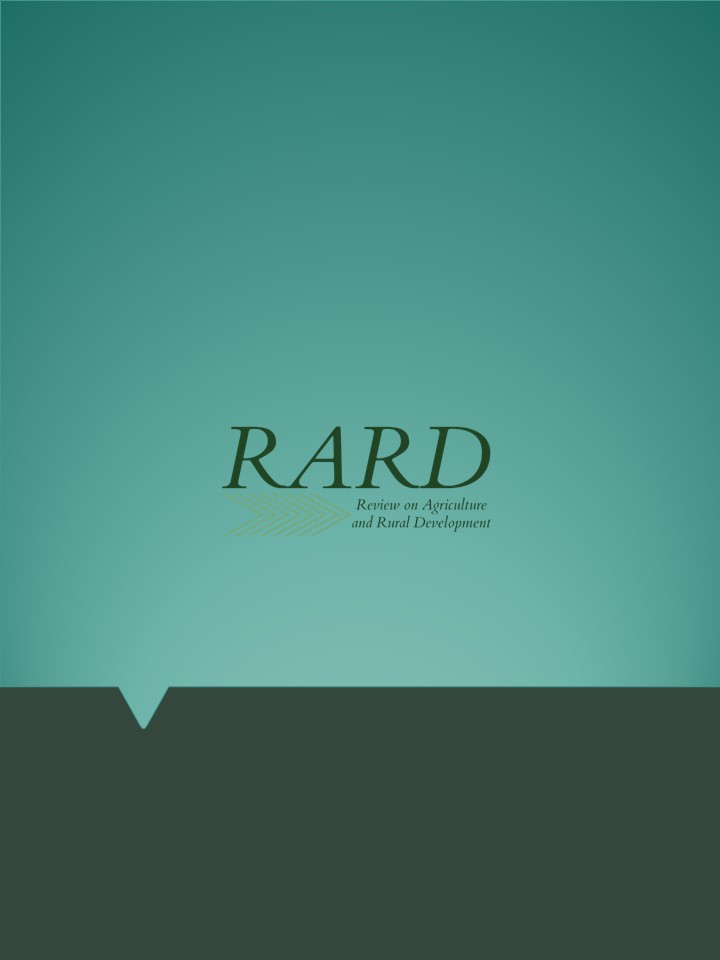Temporospatial characteristics of wild boar rooting damage in maize fields
Main Article Content
Abstract
Damage caused by wildlife species in agricultural areas has increased in recent decades in Hungary. This trend is causing significant problems between wildlife managers and farmers. Big game species (wild boar, red deer and fallow deer) damage agricultural crops through their feeding and movement. In maize fields, rooting damage by wild boar after sowing is a major concern. Several factors can influence the occurrence of damage, and we wanted to evaluate these in our study. The study was carried out in Győr-Moson-Sopron county, north-western Hungary, on a 6000 ha hunting area for two years. The forest cover is approximately 20%, and the wild boar harvesting averaged 118 individuals in the two years of the study.. The maize fields were visited periodically after sowing. We measured the maximum distance of the rooting damage from the field edges in every 20 m, and we measured the length of the damaged edges as well. We also surveyed the crop in adjacent fields. We recorded the position of the hunting stands and the number of hunting occasions and hours spent hunting. These were used to determine the spatial and temporal patterns of rooting damage, as well as the effects of hunting pressure and the impact of adjacent areas.
Article Details
Funding data
-
Magyarország Kormánya
Grant numbers GINOP-2.3.3-15-2016-00039
